Costa Rica is a Central American country with diverse ecosystems including the extremely ecologically sensitive tropical rainforests. Thousands of rare plant, bird, reptile, mammal and amphibian species call this country home. Unfortunately, deforestation is threatening these unique flora and fauna stemming from illegal logging, poaching, mining, and the expansion of farming and grazing. TreeEra is proud to support businesses and projects that have goals to protect and replant the old-growth areas in Costa Rica.
Planting Trees in Costa Rica
Our planting partners in Costa Rica operate on 188 acres of private land with a focus on “reclaiming global sovereignty from extractive industries and corporations through open-sourced partnership systems built on the regeneration of natural capital.”
The trees in our 2021 project will be planted around the borders of the farm to create corridors along different fields that will serve two main purposes:
- To act as a divider/buffer zone between different agricultural uses on our land and,
- To create eco-corridors for animals to travel through.
Tree Species Being Planted in Costa Rica:
We are coming close to finishing our tree plant in Costa Rica for 2020. Here is a list of trees that are going to be planted in Shangri-Lanas this year:
2020 Tree Plant Geolocation: 9.737492598249332, -84.46294460058623
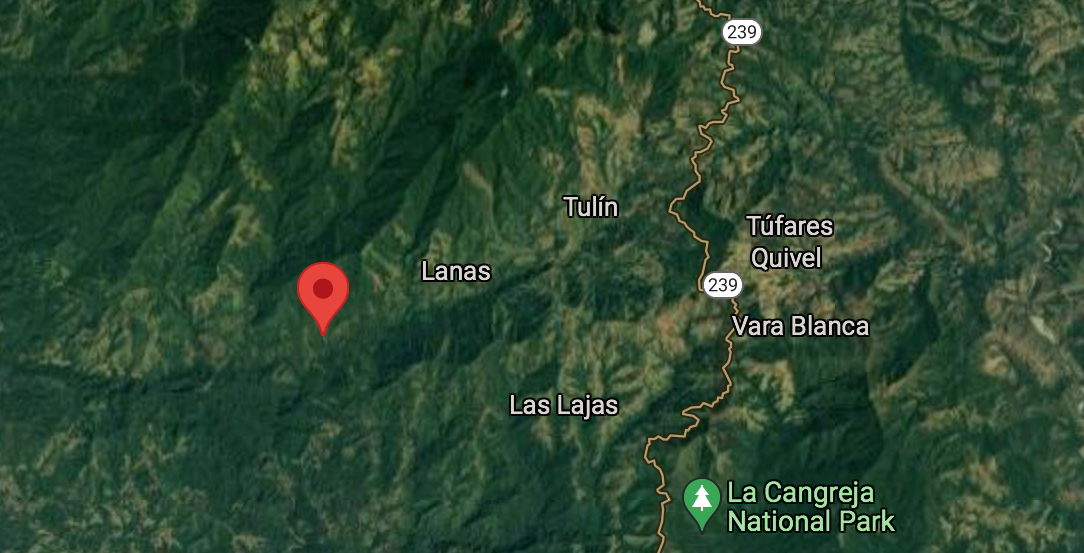
Almendro de la Montana
Almendro (Dipteryx oleifera) is a large tree in the pea family that is native to the tropical forests of Central America. The fruits from an almendro tree are an important source of food for more than 100 species of animals during the dry season.
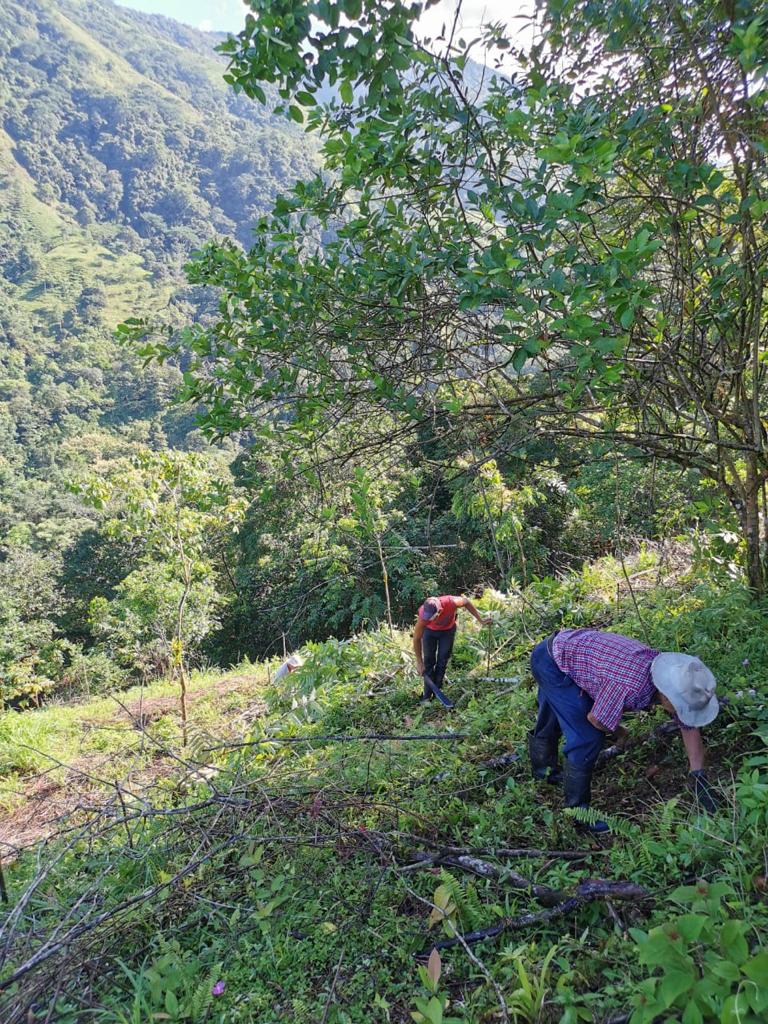
Cascarilla
The Cascarilla (Croton eluteria) is a small tree that rarely reaches 20 feet in height. The fragrant flowers on these trees are small with white petals.
Cedro Amargo
The Cedro Amargo (Cedrela odorata) is commonly known as the Spanish cedar or Cuban cedar. Cedros appear mostly in forests of moist and seasonally dry subtropical or tropical life zones.
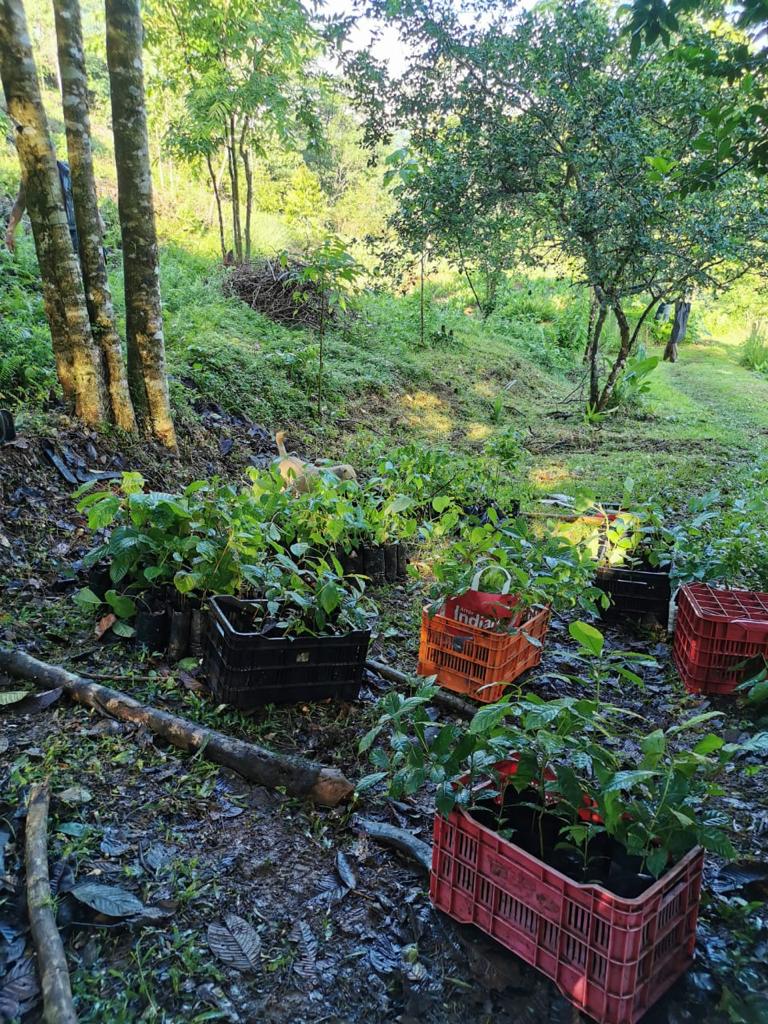
Cenizaro
Cenizaro (Samanea saman) is a wide-canopied tree with a large symmetrical umbrella-shaped crown. These trees typically reach a height of 49 to 82 feet and a diameter of 98 feet! It was given the nickname, the rain tree, because its leaves fold in rainy weather.
Corteza Morada
Corteza Morada (Tabebuia ochracea) is a Spanish timber tree that is native to many forests in South and Central America.
Espavel
This species is found mostly along the banks of the rivers and streams. If you crush Espavel leaves in your hand, they exude a smell similar to mango.
Madero Negro
Madero Negro (Gliricidia sepium) is a medium-sized leguminous tree that typically grows 33 to 39 feet high. The bark is smooth, and its color can range from a whitish gray to deep red-brown.
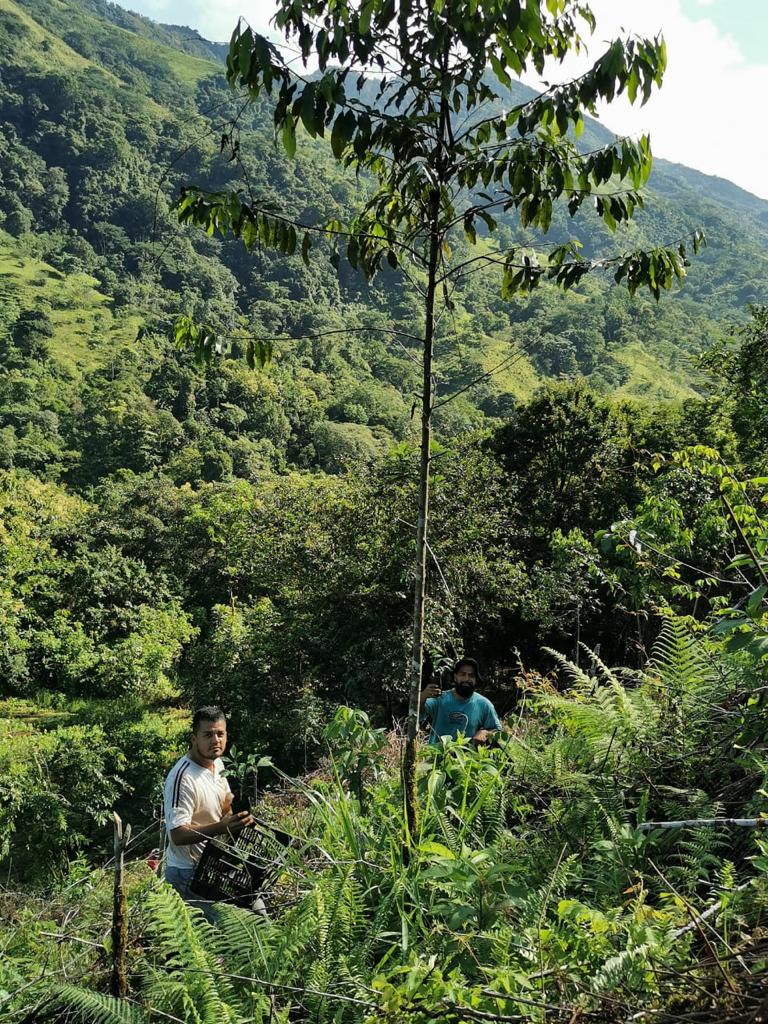
Pilón
Pilón is renowned for its very heavy, dark maroon–coloured wood. The species is dioecious, which means the trees have male and female flowers on separate plants. The flowers are small, white to yellowish-green in colour.
Pochote
The pochote (Pachira quinata) is a species of flowering tree, native to dry forests in Costa Rica. Pochotes bear large, stubby thorns on their trunk and branches and are often planted as living fenceposts with barbed wire strung between them.
Sura
In Costa Rica, a Sura (Terminalia oblonga) tree can be found on both slopes of the central mountains, from sea level to almost 3000 feet elevation. The Sura tree grows well in many different types of soil.
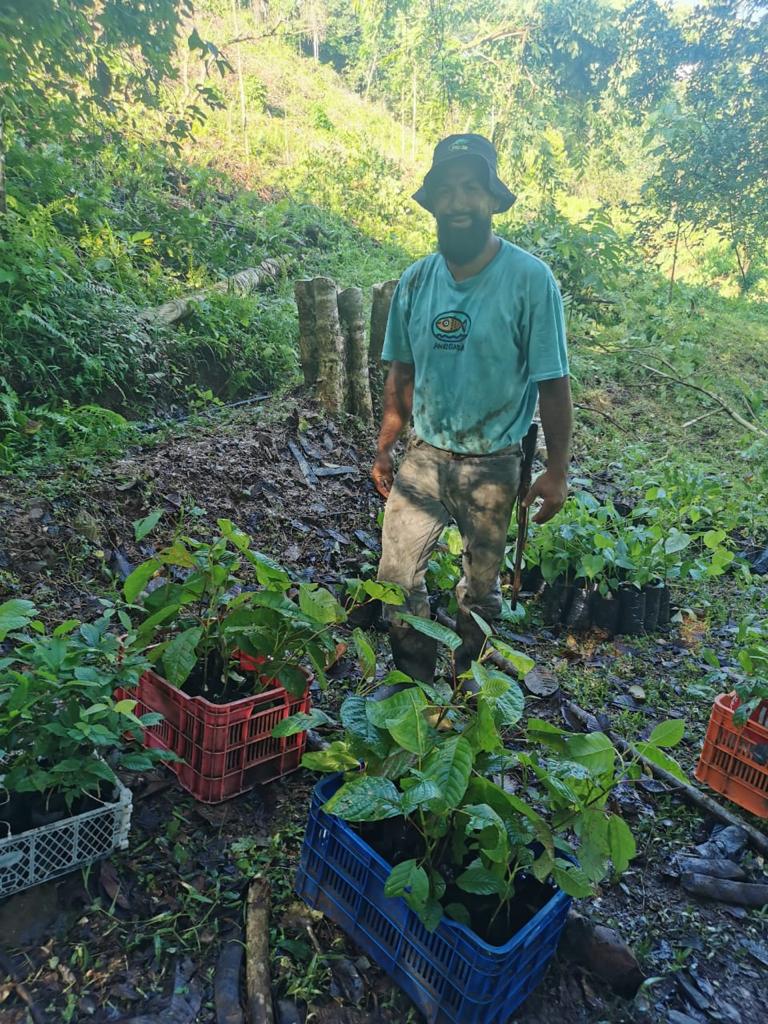
Thank you to all the businesses and individuals in our #CommuniTree that made this year’s Costa Rican plant possible.
Read more about how TreeEra plants trees in Costa Rica and how you or your business can get involved!

TreeEra helps individuals and businesses reduce human impact on the planet we love by community-funding the planting of trees.
Interested in getting involved?




